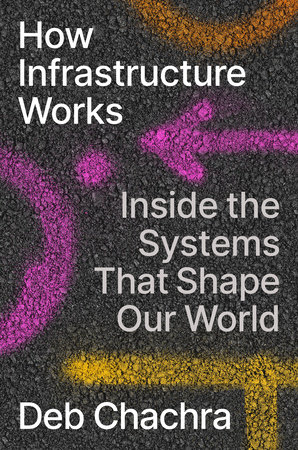At the beginning of Jennifer Raff’s book Origin: A Genetic History of the Americas she discusses a 1996 paleontology project in a cave on Prince of Wales Island in Alaska where the scientists, while looking at animal bones, found human remains.
They immediately stopped work and consulted with people from the Tlingit and Haida tribes who live in the region. After some discussions, it was agreed that the scientists could continue, but that if they found it was a sacred burial site, they would stop. And they were also required to share their findings with the tribes before they were published.
In this case, it was not a burial site and the eventual outcome of the work showed that the bones of the person they found were related to the people living there and that they went back more than 10,000 years.
But what got me were not just the results, but the fact that the paleontologists stopped and consulted with the people native to the region. That does not fit into the modern focus on being “efficient.”
Meeting with people takes time, especially when the way the paleontologists look at the world and the way indigenous cultures look at the world are often at cross purposes. It’s easy to take the position that scientific inquiry should always come first.
But they didn’t, and the end result was useful to everyone. It just took extra time. And it treated people who were affected by the work with respect.
That brings me to how democracy should work. The people who are affected by decisions need an opportunity to discuss the matter and actually be heard. This is slow. It’s not efficient. But it’s vital to making a government that people can believe in.
I’m generally an advocate for inefficiency. It’s how I get my exercise these days. I walk a lot, and I’m more likely to get out and walk if I have an errand to run. So I try to run my errands in opposite directions, even if I could combine them in one, and I stretch them out over a couple of days when I could do them all at once.
It’s a purposeful inefficiency. It’s not careless or sloppy. And that’s the kind we need in running democratic institutions.
Now we have a lot of council meetings with public comment periods – though they are often structured with a lot of annoying rules that you only understand if you spend a lot of time going to council meetings. And much of that has become pro forma: you have comment period and then the council does what they were going to do anyway.
You often don’t get the impression that anyone is listening.
So what if, say, you were going to fund housing for homeless people and you actually spent a great deal of time talking with the homeless people in the area about what they needed and what they wanted. I’m pretty sure the project would end up looking quite a bit different.
It also probably wouldn’t add as much to the coffers of the local developers who make their living getting city contracts to building housing for low income people who are never consulted about what kind of housing they need and want.
It’s not efficient. But over time, done right, it might actually put a real dent in the problem of too many people who can’t afford a place to live. Continue reading “In Praise of Inefficiency”…

